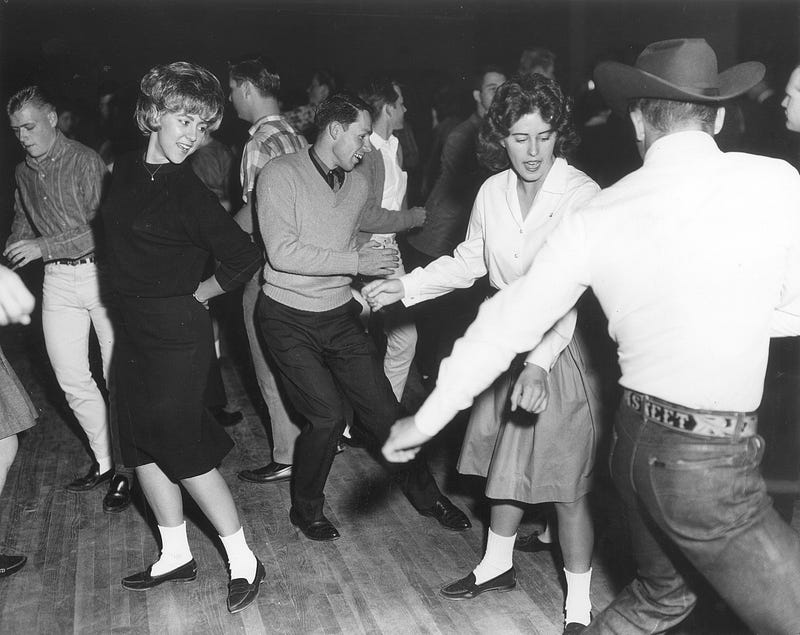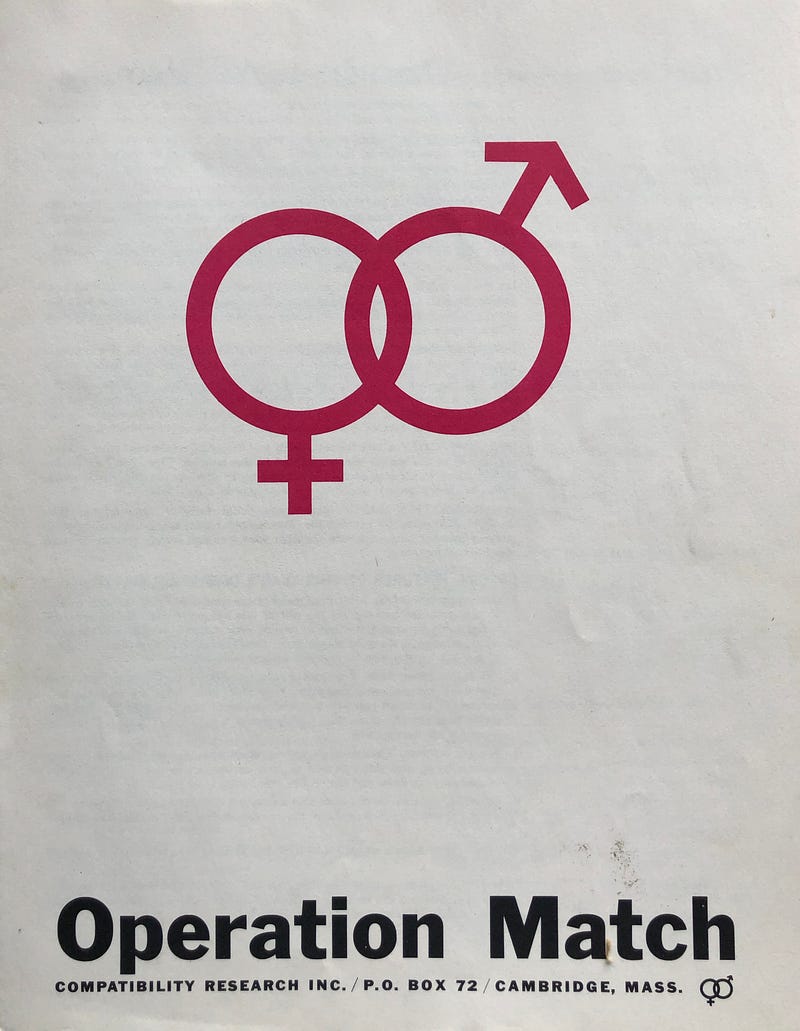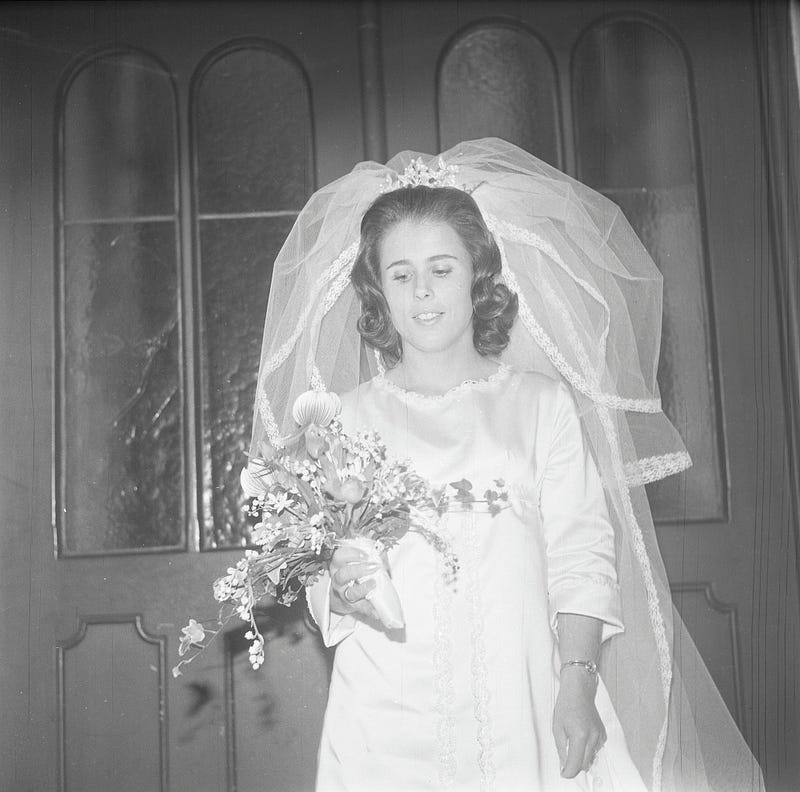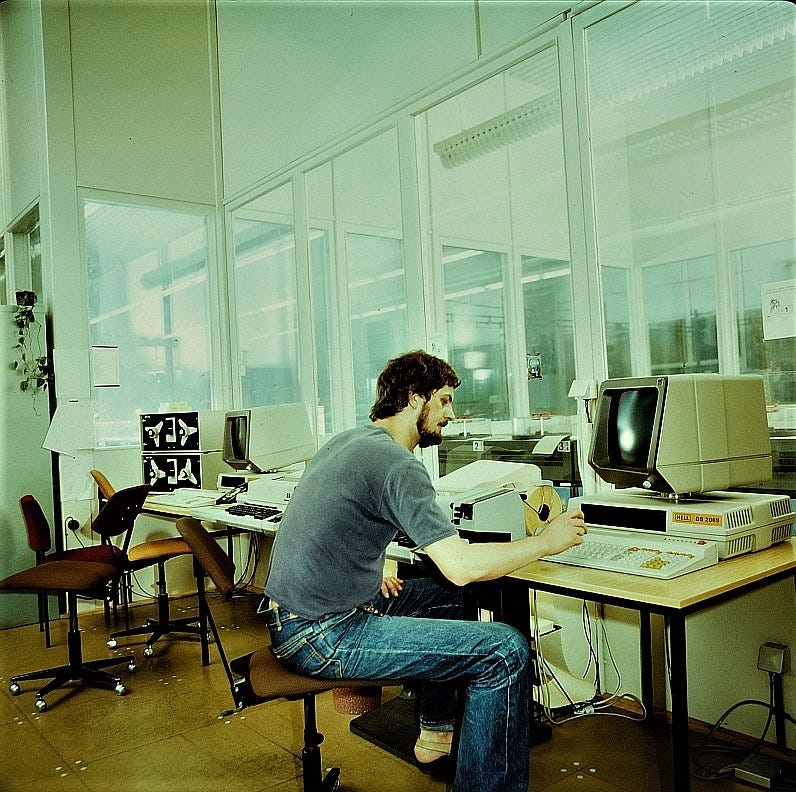Revolutionary Computer Dating: Love in the 1960s
Written on
The Birth of Computerized Romance
In the quest for love, humans have always utilized available tools, including technology, to aid their search. The pursuit of romance has evolved, even before the internet, through various old and modern methods of connection.
The concept of a computer matchmaker emerged in 1965 when Harvard students Vaughan Morrill and Jeff C. Tarr engaged in a late-night brainstorming session. They envisioned leveraging computers to facilitate dating, a concept that was novel at the time, especially as women were restricted from certain spaces, like the Lamont Library. Mixers offered one of the few chances for students to interact in a relaxed setting.

However, mixers often felt awkward and distant, leaving attendees disillusioned if their expectations weren’t met. This limitation likely fueled Morrill and Tarr's desire to develop a digital solution. While Joan Ball had pioneered the St. James Computer Dating Service in the UK in 1964, the concept was still unfamiliar to the American audience.
The project, dubbed Operation Match, began taking shape as they enlisted the help of David L. Crump, Tarr’s chemistry-major roommate, and Douglas H. Ginsburg, a Cornell dropout. They crafted a questionnaire aimed at gathering detailed information about clients. Crump remarked on the survey design:
> "What they know now is that opposites don’t attract; rather, shared interests do. We understood this even back then, though attraction remains an imperfect science. Our questionnaires were a blend of scientific inquiry and playful engagement."
Participants responded to 75 questions about themselves and another 75 regarding their ideal partners, then mailed the completed forms along with a $3 fee to Cambridge, Massachusetts.

Behind the Scenes of Matchmaking
Once the completed forms arrived at Operation Match, staff members transcribed the responses onto punch cards. These cards were then processed using a rented IBM computer, which would generate results printed from a large machine. Clients received a letter detailing their top matches and contact information within a few weeks.
The survey covered various topics, from educational background to personal experiences. One female participant reportedly received over a hundred matches. Interestingly, the questionnaire itself often served as a conversation starter, setting a lighthearted tone for dates.
Initially, Operation Match promoted its services via local newspapers. A rival, Contact Incorporated, emerged shortly thereafter, leading to a notable incident where Operation Match alerted campus police to prevent the competitor from distributing surveys near Winthrop House.

Despite the competition, Operation Match quickly gained popularity, expanding its reach to campuses across the country. Notably, Look magazine featured the service on its Valentine’s Day cover in 1966, and Jeff C. Tarr appeared on various radio and television shows to promote the initiative.
Cultural Impact and Legacy
Thanks to widespread publicity, Operation Match attracted 100,000 applications in a short timeframe, marking computer-assisted dating as a cultural sensation. A 1967 LIFE magazine article noted, “The singles game is increasingly leveraging technology, and computer dating services are growing as quickly as IBM stocks.”
The success led to the opening of a New York office. However, outside of college campuses, the service did not receive the same enthusiastic response. Nonetheless, by 1968, Operation Match had facilitated over a million matches, some of which resulted in marriage.

Contact Incorporated ceased operations a year earlier, and as Operation Match grew, its founders found it increasingly challenging to balance their studies with business demands. Eventually, they sold portions of the company to National Student Marketing and a hotel matchmaking venture.
The influence of Operation Match is undeniable, paving the way for numerous similar services in the late 1960s and 1970s. Compatibility, a notable successor, utilized IBM System/360 Model 40 computers to enhance its operations.

By the 1980s, internet chat rooms emerged, providing real-time flirting opportunities, further refining the dating landscape. What began as a modest initiative evolved into a dominant method of finding love by the 2010s.
The first video illustrates how computers were once seen as human-like entities, exploring their cultural significance in matchmaking.
The second video dives into the 1966 computer dating phenomenon, showcasing its retro charm and societal impact.
Sources
- Chen, A.M. 2018. “Operation Match” in The Harvard Crimson.
- Hendel, J. 2011. “Old, Weird Tech: Computer Dating of the 1960s” in The Atlantic.
- Hernandez, D. 2014. “Tech Time Warp of the Week: In the ’60s, There Was a Proto-Tinder That Ran on a 5-Ton Mainframe” in Wired.
- Leonhardt, D. 2006. “The Famous Founder of Operation Match” in The New York Times.
- Slater, D. 2011. “The Social Network: The Prequel” in GQ.
- Porter Brown, N. 2003. “The Originals: Matching Them Up” in Harvard Magazine.